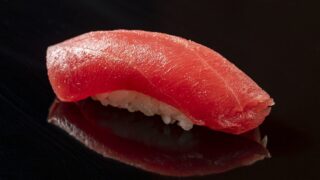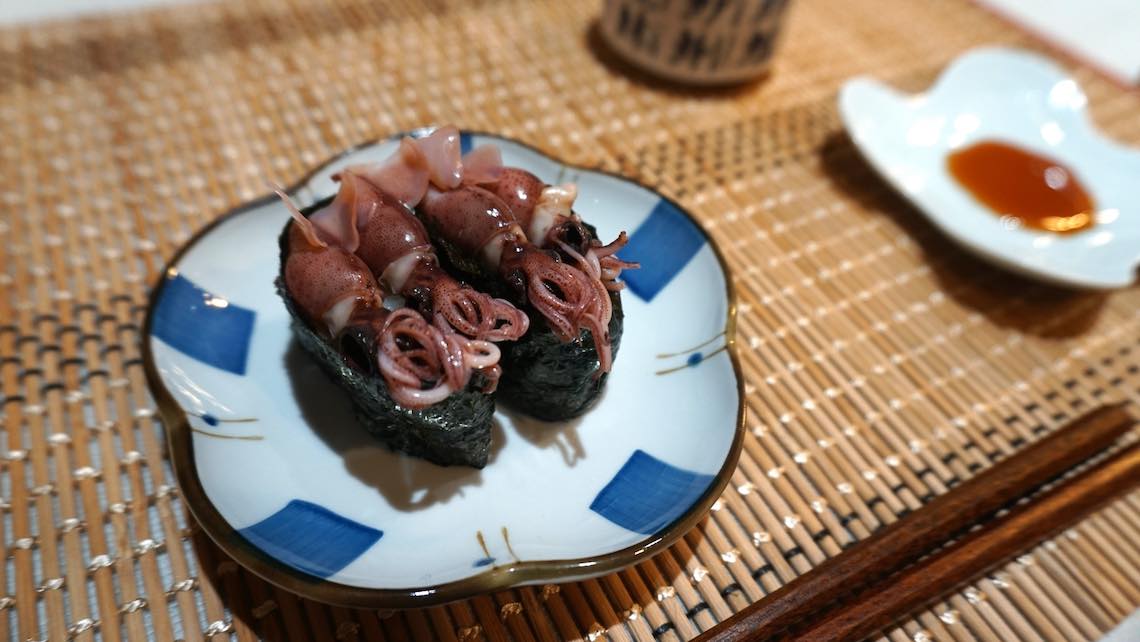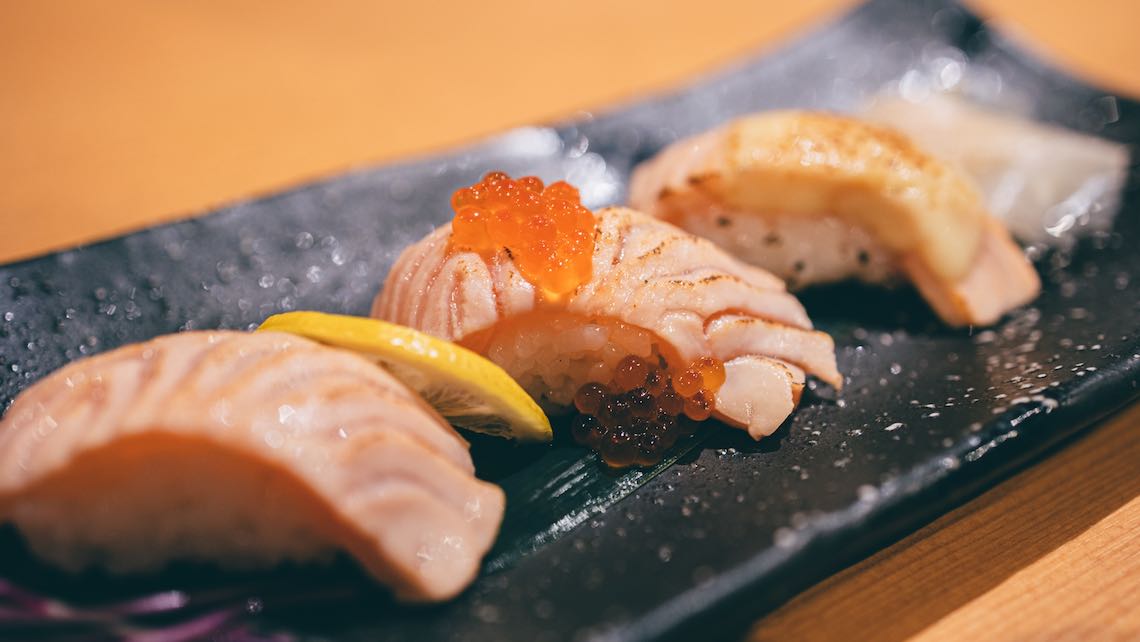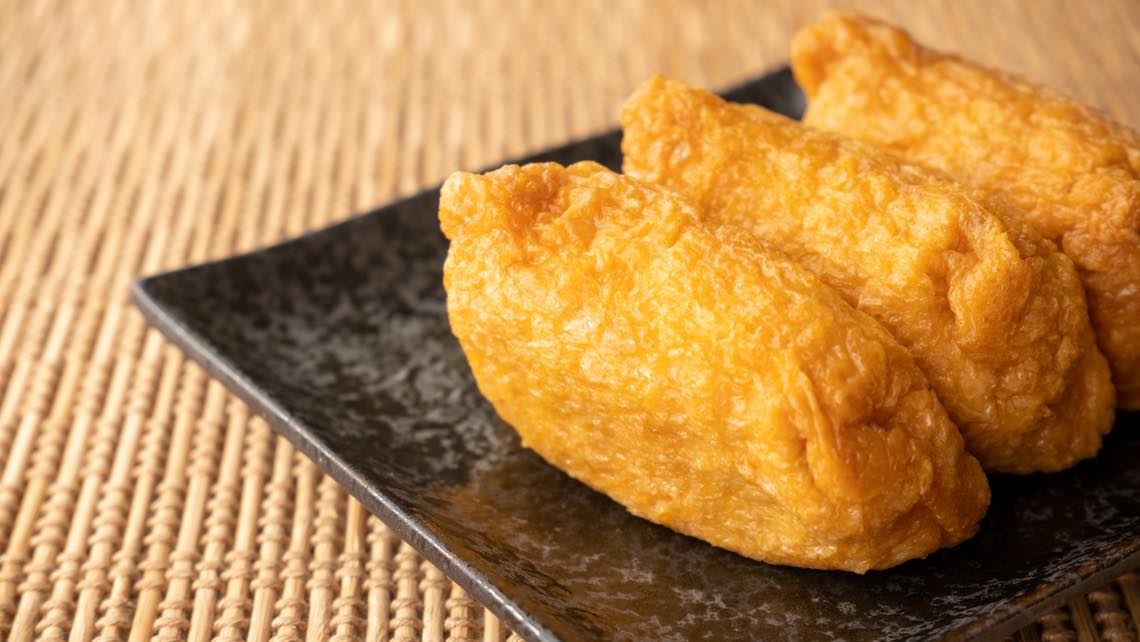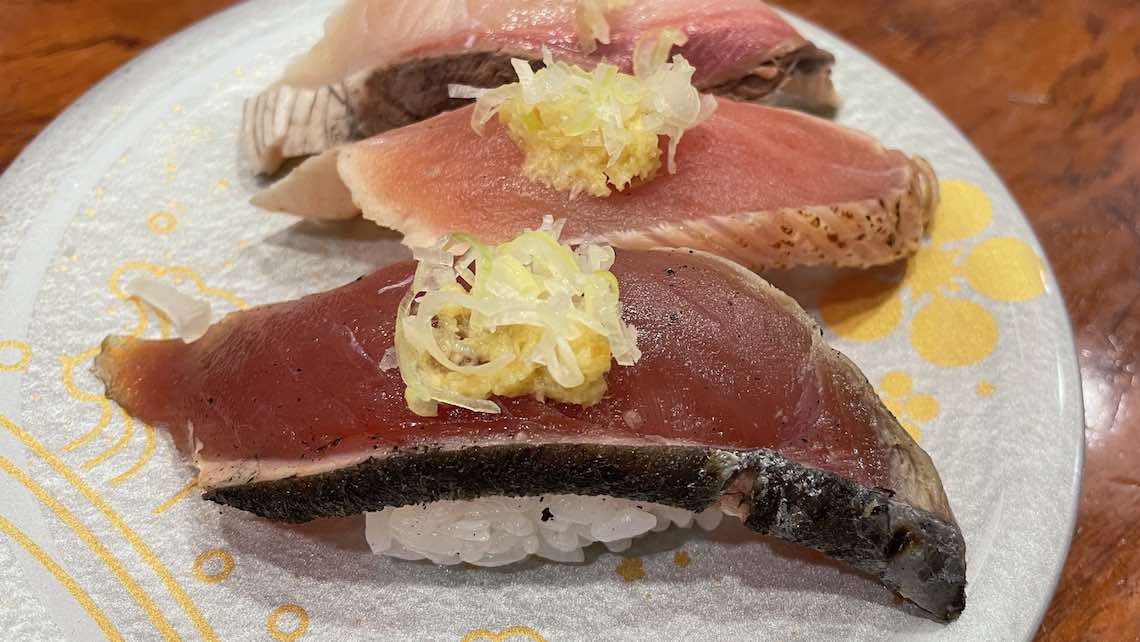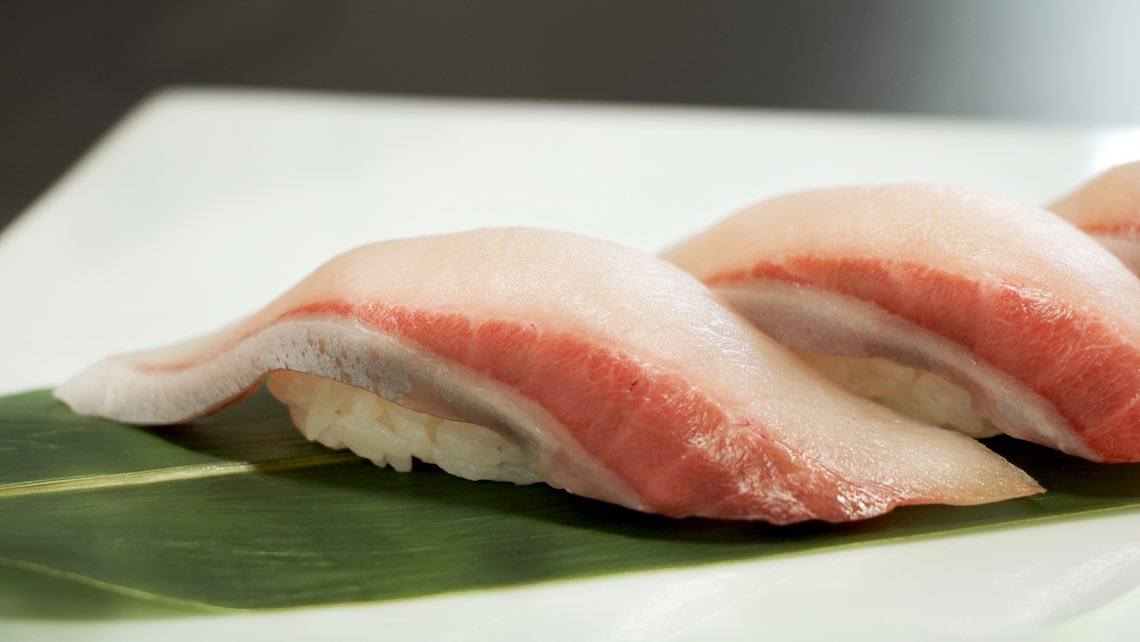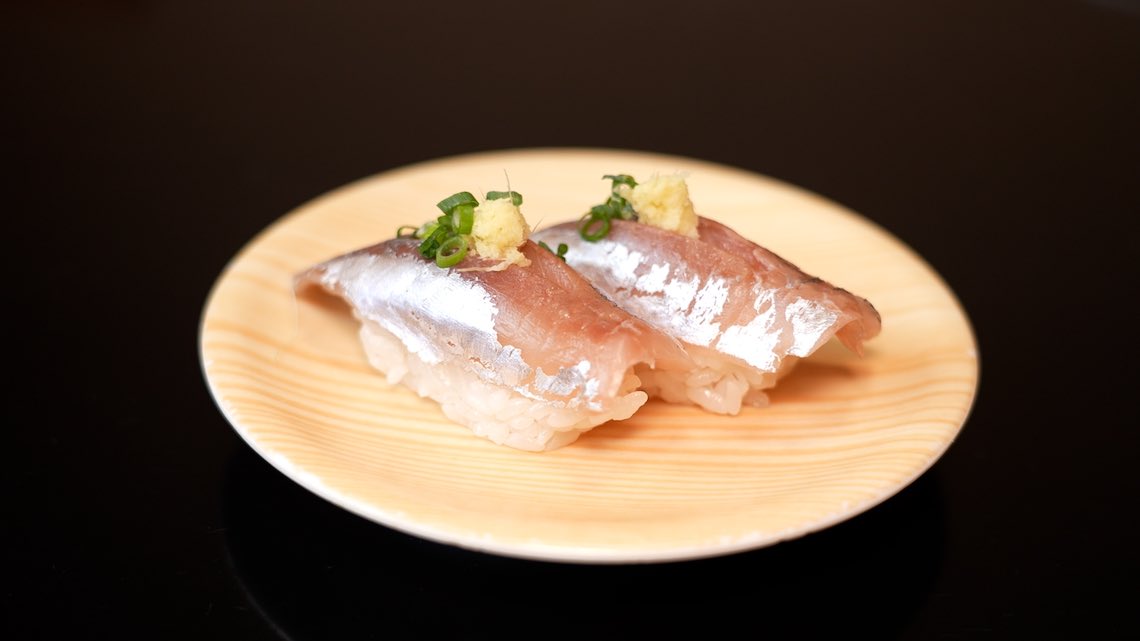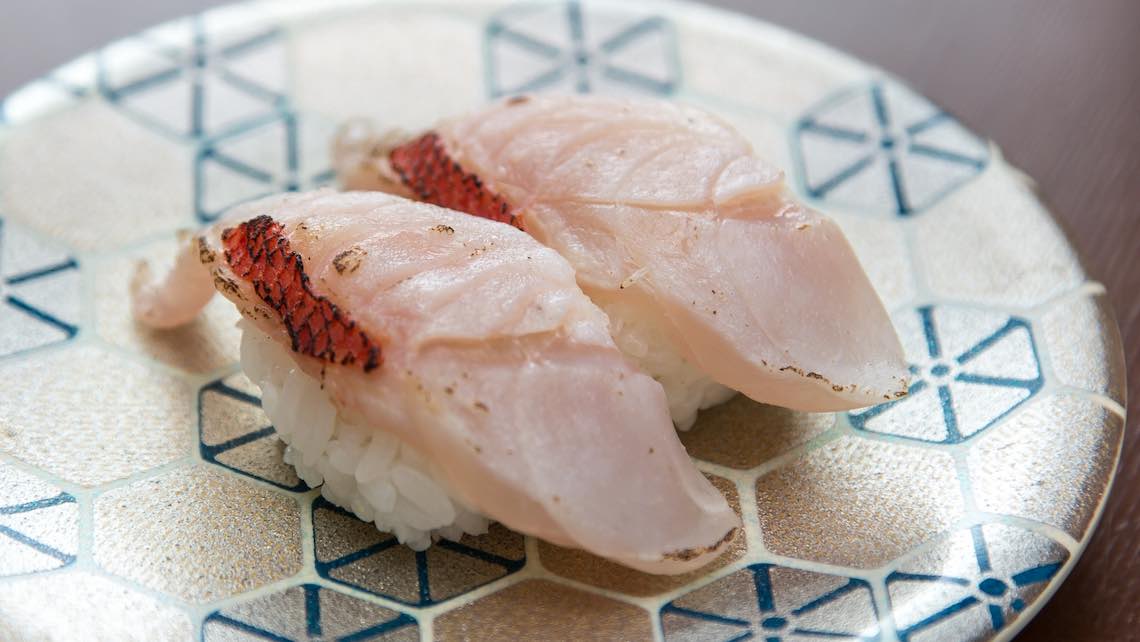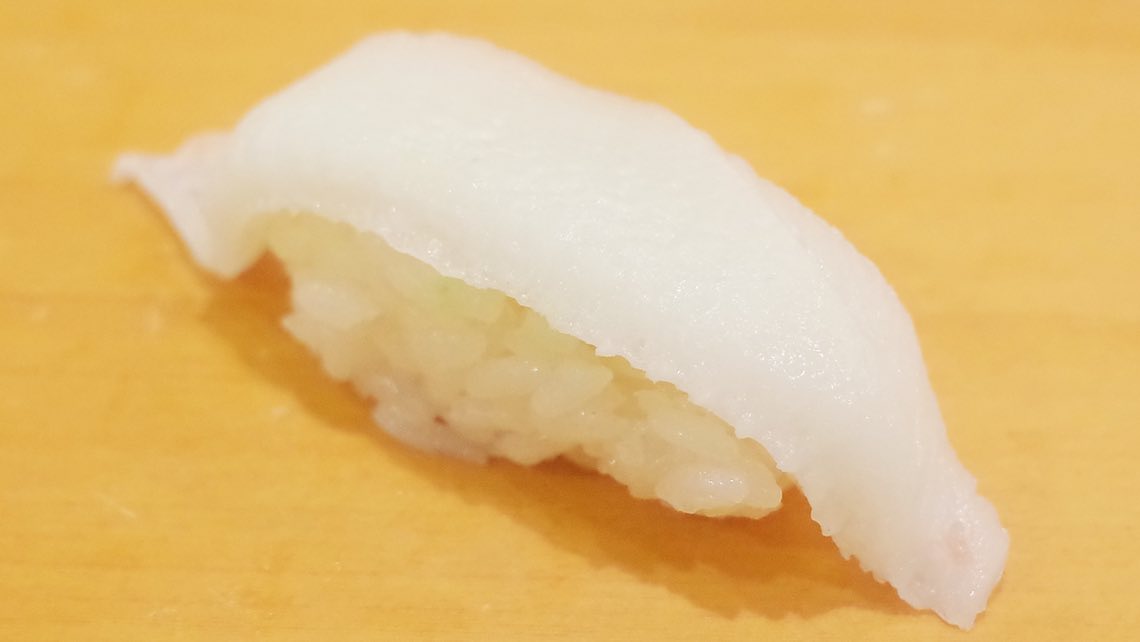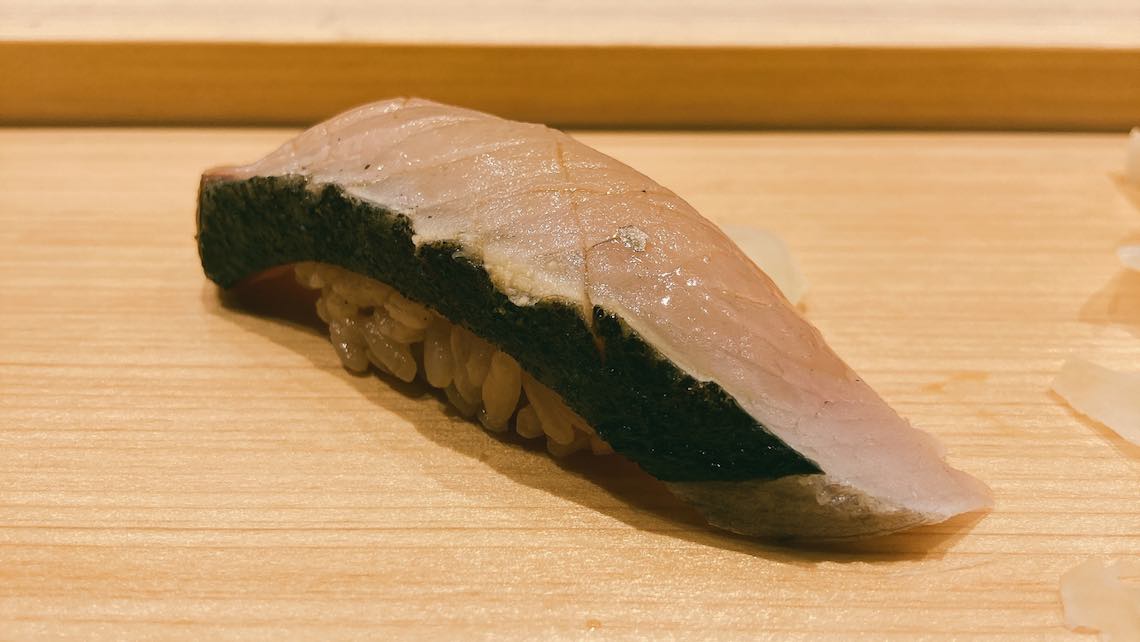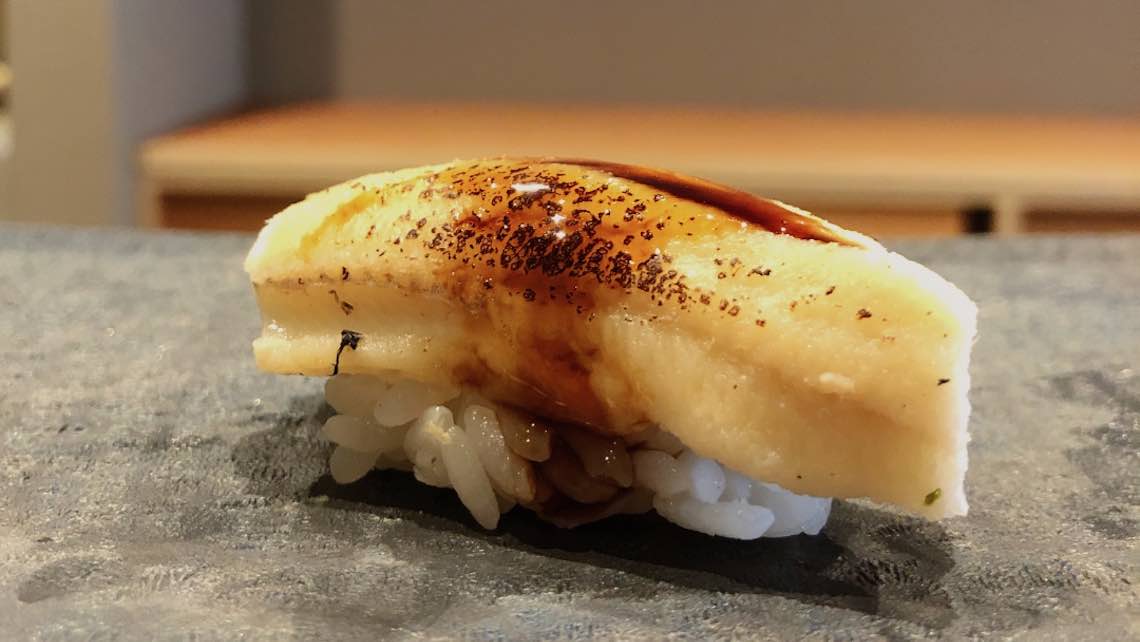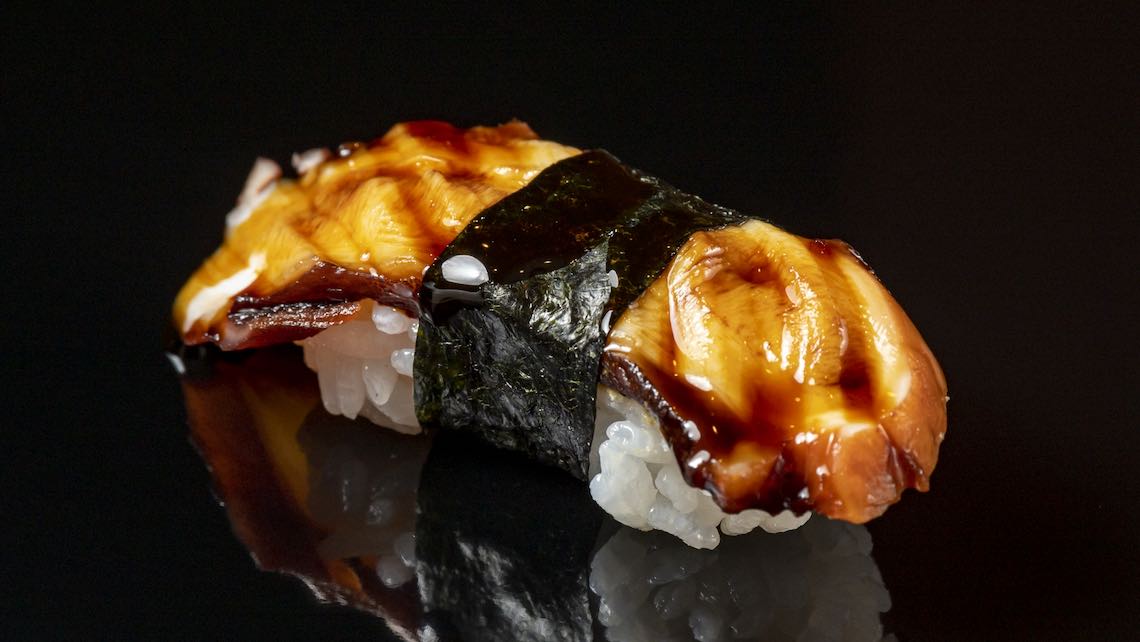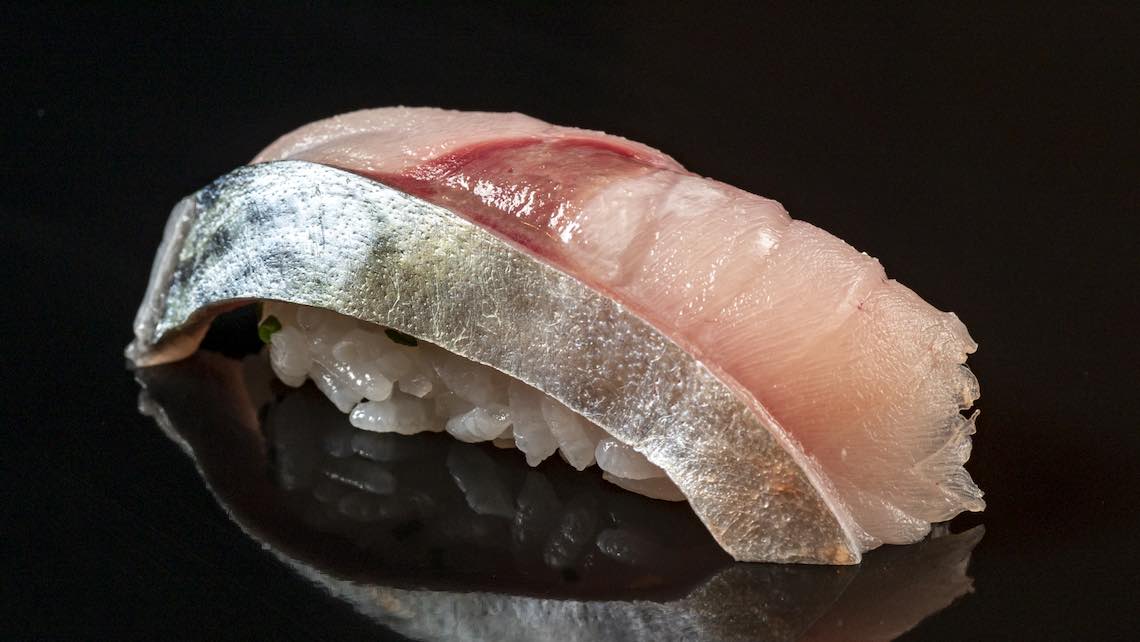Rolled Sushi [Makizushi]
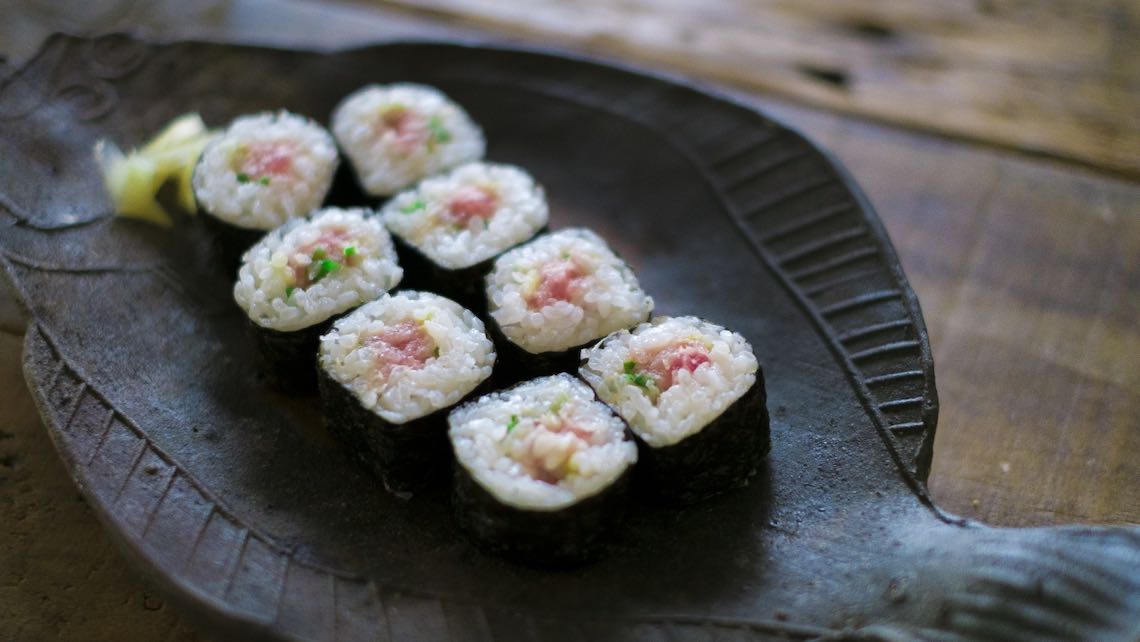
Japanese Name and Pronunciation:

[makizushi]
Makizushi (Maki-sushi), also known as “rolled sushi,” is a popular and artistic form of Japanese cuisine that offers a delightful combination of flavors and textures. It involves carefully rolling vinegared rice, fresh ingredients, and seaweed (nori) into a cylindrical shape before slicing it into bite-sized pieces. Makizushi comes in various types, each offering a unique taste and visual appeal.
Hosomaki (thin rolls)
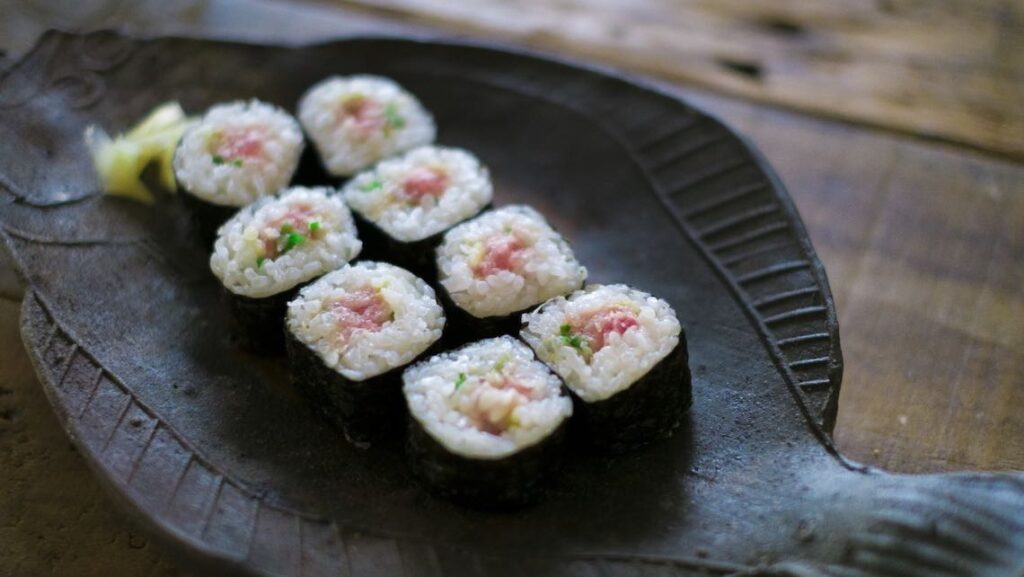
Hosomaki, or “thin rolls,” are a classic and straightforward type of Makizushi. They typically consist of one or two ingredients, such as cucumber, tuna, or pickled daikon, placed at the center of the rice. The seaweed is then wrapped around the rice to form a tight cylinder. These smaller rolls are perfect for those who prefer a lighter and simpler sushi experience.
Futomaki (thick rolls)
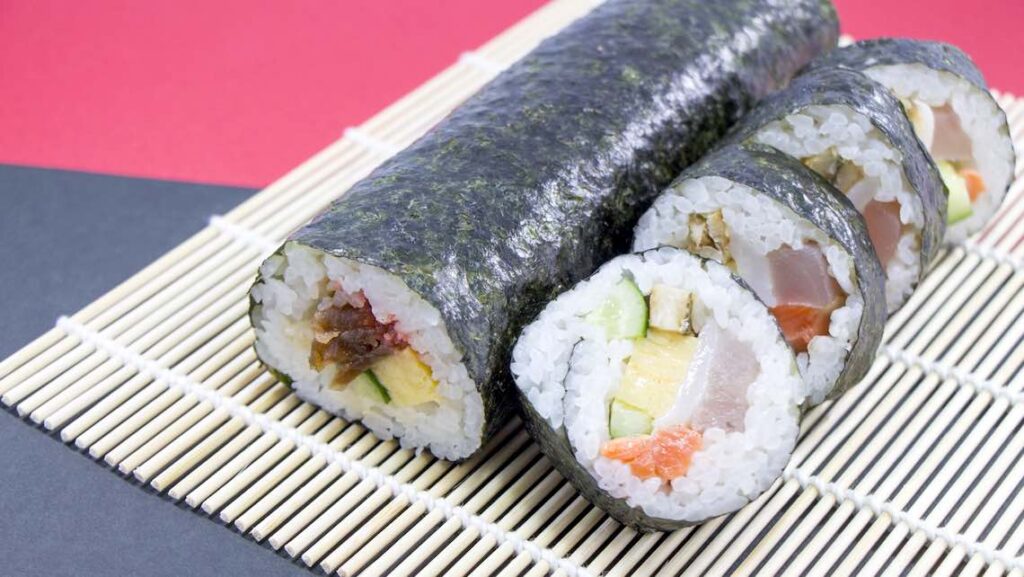
Futomaki, or “thick rolls,” take the Makizushi experience to the next level. These larger rolls feature a variety of colorful ingredients, including multiple vegetables, seafood, and sometimes tamago (Japanese omelet). Futomaki often display an artistic cross-section of contrasting colors, making them visually appealing and a delight to eat
Temaki (hand rolls)

Temaki, or “hand rolls,” provide a fun and interactive sushi experience. These cone-shaped rolls are assembled by hand, with diners customizing the fillings to their liking. Common ingredients include fresh sashimi, avocado, cucumber, and spicy mayo, all wrapped in nori and shaped like an ice cream cone.
Gunkan Maki (battleship rolls)
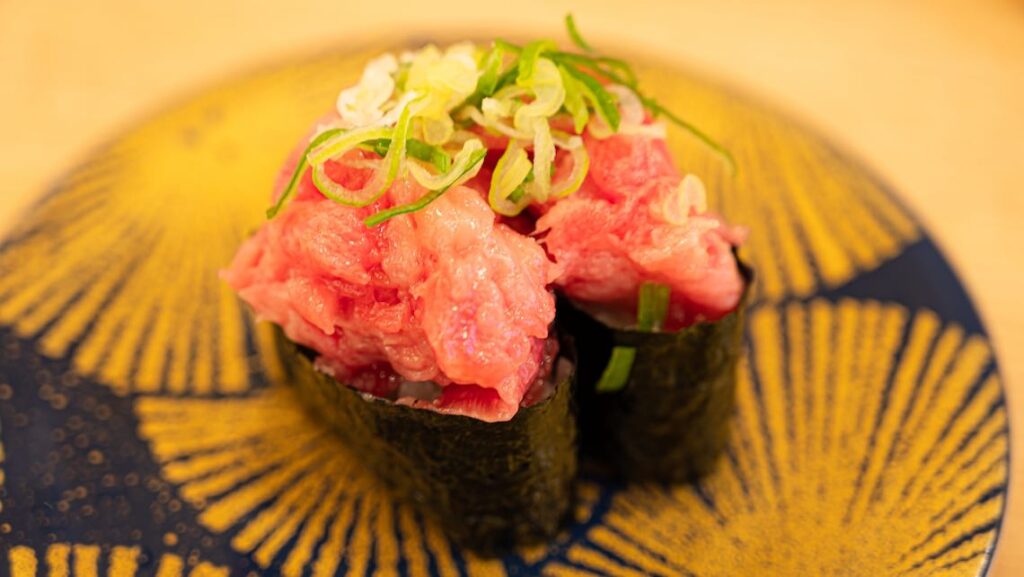
Gunkan Maki, or “battleship roll,” is a distinctive type of Makizushi designed to hold loose or delicate ingredients. The nori is wrapped around the rice in a way that creates a little vessel, allowing ingredients like ikura (salmon roe) or uni (sea urchin) to sit on top without spilling. The unique presentation of Gunkan Maki resembles a tiny battleship, hence its name.
Uramaki (inside-out rolls)
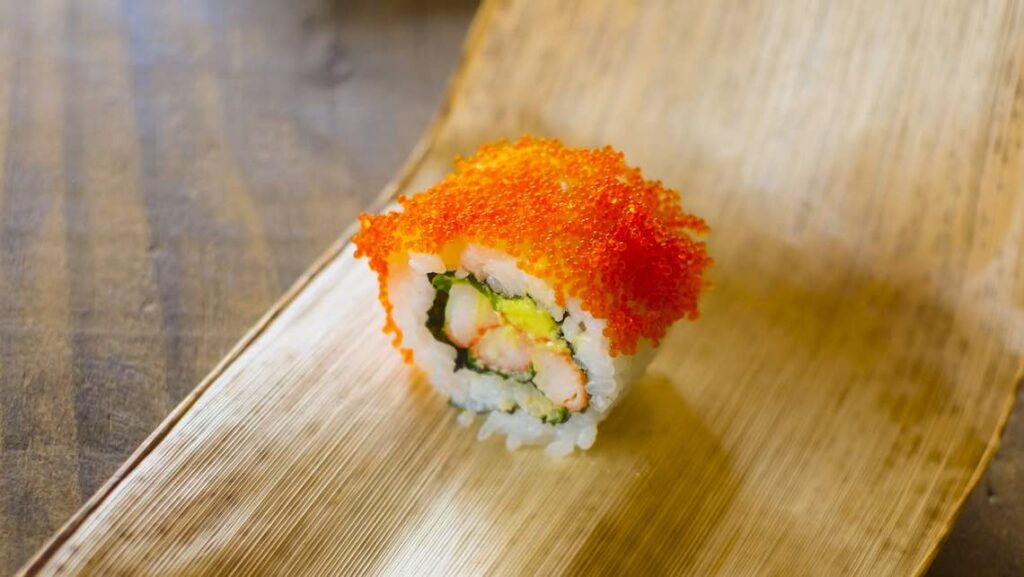
Uramaki, also known as “inside-out rolls,” represented by the California Roll, is also considered a type of rolled sushi. However, it was invented around the time of the California Roll’s birth to prevent unfamiliar Americans from peeling off the seaweed. Consequently, traditional Japanese sushi restaurants, which have been serving seaweed for ages, do not offer Uramaki on their menus.
Makizushi’s versatile nature and wide array of flavor combinations make it a favorite choice among sushi enthusiasts worldwide.
